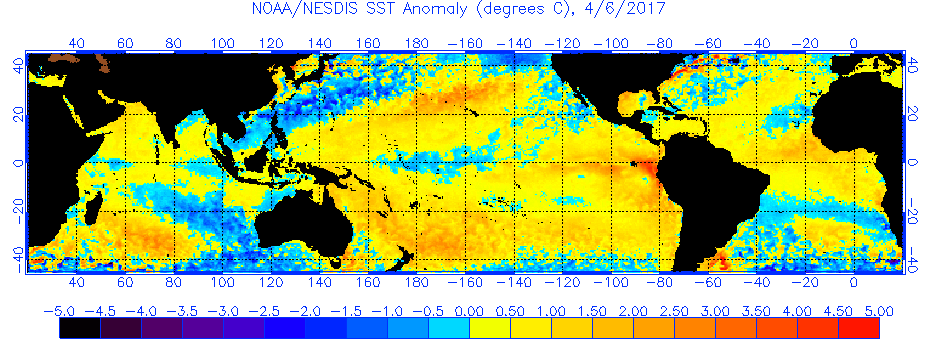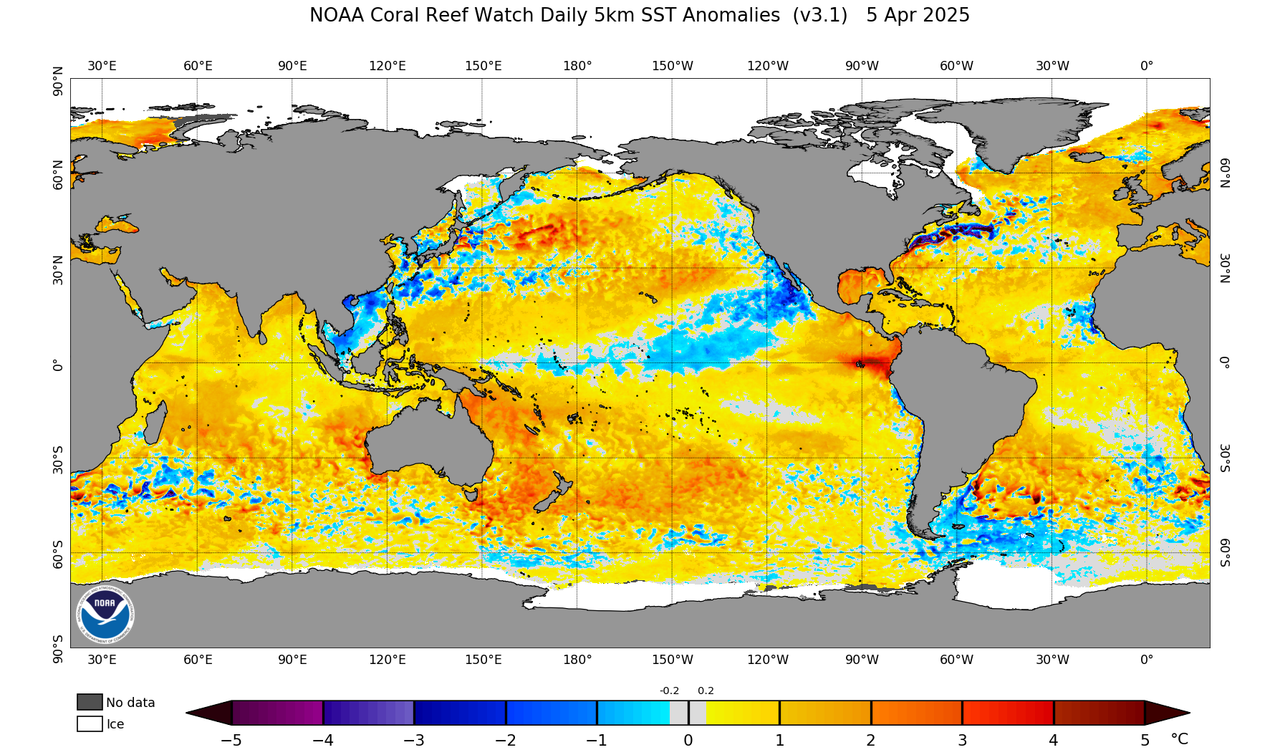Ntxw wrote:I don't think an El Nino is going to happen, nor do I think any meaningful Nina. SSTa around the globe is shifting, and we probably will see at times Nina influences, and others Nino like. It's one of those years with headfakes either way but is neutral, but a shifting global pattern.
Neutral is definitely the best bet for the foreseeable future, but eventually I honestly wouldn't be surprised if La Niña re-emerges later in the year, as atmospherically, the background state strongly resembles one despite an anemic SST profile and persistent westerlies in the equatorial EPAC. OLR is indicative of this in the Central and Western Pacific as well, and thee is a clear suppressed standing wave that continues to produce easterly wind bursts (which in turn will probably chip away at the Niño costero look eventually as well given how shallow the warmth is in those regions)


















